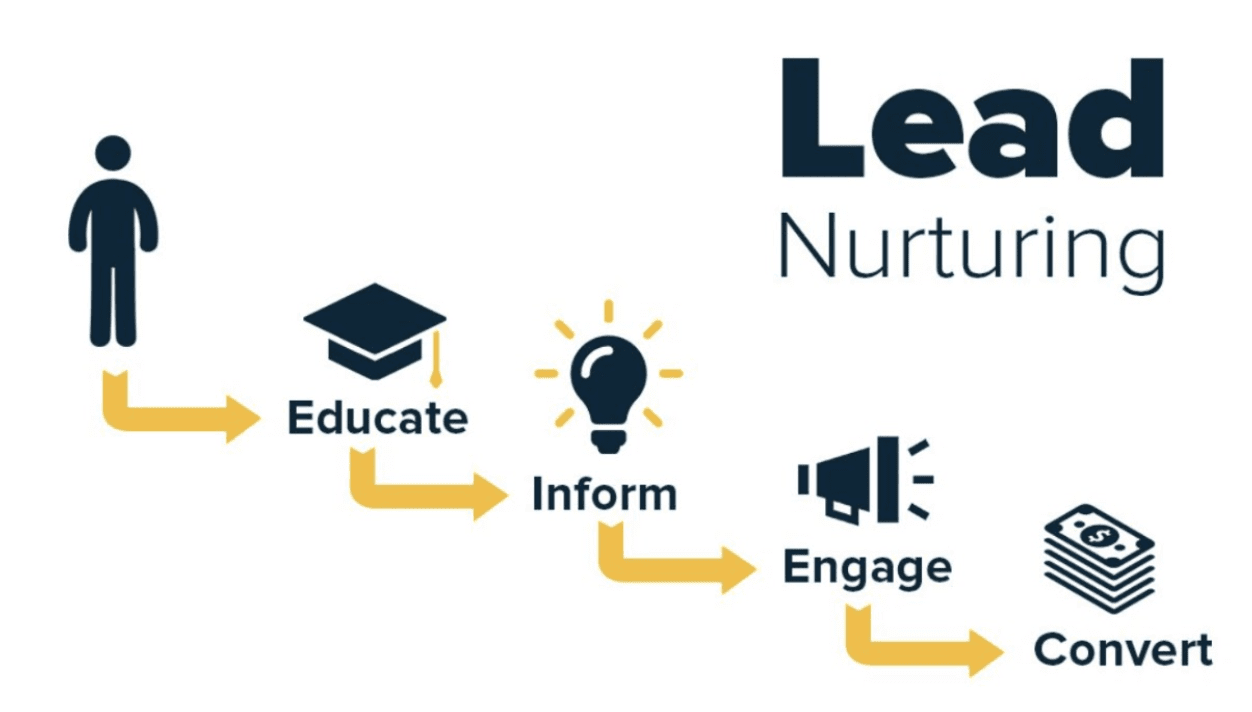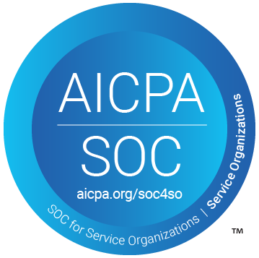Lead scoring is a marketing tactic that prioritizes your most qualified leads. Using a scoring method can make your sales cycle more efficient, leading to higher conversion rates and increased revenues.
The benefits of lead scoring
When done well, lead scoring maximizes the return on investment (ROI) from your leads. Multiple aspects of your business will become more profitable as you implement and update your lead scoring system. A lead scoring system contributes to more successful marketing campaigns and lead nurturing as a result of higher-quality leads.
More successful marketing campaigns
Successful marketing campaigns lead to higher conversion rates with fewer resources spent. Ineffective campaigns reflect poor decision-making on where to spend resources, time, materials, and money.
Lead scoring campaigns identify which leads need which resources. Do they need more information? Is there actually a chance they’ll convert? Are they ready to speak with a sales representative and make a buying decision?

Lead scoring helps identify which stage your lead is in so you know what steps to take to move toward a conversion.
Lead scoring helps your marketing and sales teams identify which leads are ready to move forward and which leads need more nurturing. To keep your sales team focused on higher-quality leads, your marketing team should handle lead nurturing.
When lead scoring shows a potential client is interested in your service but not yet engaging with your purchasing methods—by looking at your price page or searching for deals, for example—your marketing team will know they need to hold and increase their interest.
When leads reach a predetermined score, they’re automatically placed in nurture campaigns and receive ads, emails, and content specific to what’s most likely to lead them to a conversion. If they are early on in the decision-making process, your goal might be to nurture them with additional content to stay top of mind versus a more serious prospect who would receive more information about the benefits of your product.
Higher-quality leads
According to Salesforce, it takes six to eight points of contact to qualify a sales lead. It can take an additional four to six touches to close a deal.
It is inefficient for your sales team to make all 12 points of contact. Lead scoring makes it easier for your marketing team to separate top-of-funnel leads from those leads that are further down the sales pipeline.
If a lead score is high it means the given lead is on the cusp of making a purchase. They may be considering you versus another provider. Or, they may have just decided when they would like to purchase. This score signals to your sales team that this lead is worth significant effort because they have the highest likelihood of converting.
The next step is to engage with high-scoring leads in ways that make them want to purchase your product. They are already interested in the type of product or service you’re selling. Make sure they know why they should choose you over someone else. What do you offer that your competitors don’t? What are your proudest success stories that would entice this prospect? Let them know what differentiates your product or service.
Higher conversion rates for sales
Using a lead scoring system allows your sales team to connect with the leads that are most likely to convert. Sales-ready leads won’t be passed over for ones that still need nurturing from marketers. Your representatives will know exactly which materials to present that are relevant to the buyer’s current choices.
How to implement lead scoring effectively
Spend the time to choose the best direction for your business. If your goal is to increase the speed at which your sales team converts, then amassing lower-quality leads will leave you lost. What are your goals for your business? Are you looking to acquire more leads, close deals more quickly, or spend more time with highly qualified leads?
Once you know what your goal is, you can create a profile of your ideal lead. For example, if you are looking to increase your volume of leads, you will identify which demographics engage with your content the most.
If your goal is to speed up your sales cycle, you will identify the markers of your leads that move the quickest from initial contact to a closed sale.
If you want to ensure your sales team can dedicate the most resources to leads that are the most likely to convert, consult your sales log for past clients that had a high percentage of closing.
You might find commonalities between prospects with similar job roles, business sizes, or industries. Were you able to move forward quickly if your contact was the head of logistics? What was the annual revenue of leads that became clients after only six points of contact? Is your service more attractive to clothing stores, restaurants, or manufacturers?
The more data points you can connect, the more precise your ideal lead profile will be, and the more efficiently you will be able to allocate your marketing and sales resources.
Prioritize based on past success
When building lead profiles, be sure to cover demographics, firmographics, and BANT (budget, authority, need, and time).
Your sales team has better things to do than sell to a prospect who isn’t ready to buy. Make your prospect’s timeline a part of your scoring system so you know the best time to connect.
Demographics are your leads’ social and professional labels. Consider their location, job title, and function within the company. To achieve your goals, is it best to speak with the head of marketing or the VP of sales?
Firmographics are similar to demographics but focus on the company instead of the employee. Is the company located within your range? Have you successfully sold to companies of a similar size in the past?
It will also help to consider your audience’s budget, authority, need, and time (BANT). Can they afford your service? Are you reaching the decision-maker? Does your service solve a need they have? How much time will you have to invest before they purchase, and how does that compare with your usual sales cycle?
Coordinate sales and marketing teams
It is vital that your sales and marketing teams are on the same page. Each team should use consistent terminology and have the same lead profiles in mind. Ensure the teams’ goals and priorities align.
Determine how you will score leads
Your lead scoring model should be easy to follow and consistent between your marketing and sales teams. For ranking leads, some companies use terms like “hot” or “cold” and others use numerical points or a letter grade.
Once you decide what the rankings are, you can establish scoring criteria. Marketo provides a thorough checklist for creating your scoring campaign. Be sure to include both positive and negative attributes. It’s important to know who is ready to buy, but it’s also important to know who not to invest time in any longer.
To get started, use clear, consistent attributes from past sales. Did most of them use a company email? Were they ready to buy within six months? Have they watched any of your webinars?
How many points you assign to each category is also important. For example, is location or company size a better indicator of the ideal customer? Combining meaningful criteria lead scores will reflect your ideal client and increase the efficiency of your sales pipeline.
Collect and apply feedback
As you implement lead scoring in your marketing process, it is important to continuously improve your scoring system. To check the effectiveness of your scoring method, check your sales log for leads at different stages in the sales process. How does someone who closed quickly score in your current system? How about someone who lost interest after viewing your pricing page or someone who took twice the average time to make a decision?
Adjust your scoring system along the way to reflect the results of your marketing efforts. You may find you were prioritizing the wrong attributes. Continuously improving your scoring methods will lead to higher conversion rates and increased revenue.
Why choose Marketo lead scoring for your business?
Marketo Engage is one of the leading marketing data environment services. With segmented targeting capabilities, Marketo Engage is well-suited to analyzing patterns of individual leads and entire accounts. Its versatility also includes in-depth customization options.
Integrates with your CRM
Marketo Engage can integrate with your current CRM, so you don’t have to rebuild from scratch to get the benefits of lead scoring. Marketo has native integrations for Salesforce and Microsoft Dynamics CRM as well as integrations for NetSuite, Oracle, SAP Cloud for Sales, and SugarCRM.
These integrations also allow Marketo to use the data you have already collected, and it can analyze your pipeline for patterns so you know what to look for in future prospects.
Automates the marketing process
As you input new prospects into your CRM, Marketo takes your lead scoring criteria into account, helping your teams prioritize their contacts without having to dig through heaps of data.
Low maintenance
Marketo is run by Adobe as a third party, so upgrades and maintenance won’t bog down your IT department.
Potential for more
Marketo Engage can use the data from your lead system and apply it to your digital advertising campaigns.
Tools to get you started
Marketo Engage offers free resources to get you started scoring your leads, such as a step-by-step guide to setting up a scoring system.
If you feel daunted by the idea of implementing lead scoring in your business, you’re not alone. Marketo found that 43% of their clients saw lead scoring as their most challenging project. This guide breaks down the four key steps new practitioners need to take to get started and experienced lead scorers to dive even deeper.
In the guide, you will find detailed directions for:
- Profiling the ideals customers to reach your business goal
- Coordinating expectations, terminology, and uses for scoring between marketing and sales teams
- Choosing the best markers for scoring your leads and determining how to weigh each marker
- Setting up your lead scoring system for continuous improvement
Although all the steps are helpful, learning how to score your leads in step three is often the most valuable for business leaders. The guide breaks down how to evaluate the importance of your ideal customer’s characteristics, and then how to assign those characteristics a score. By assigning points for critical, important, influencing, and bad behavior, this section makes it easy for beginners to score their leads and turn those scores into sales and marketing objectives.
These tools can help your business plan how to adjust the marketing process before making an investment.
Every business could benefit from a more efficient sales cycle. By using the right lead scoring system, you can begin upgrading your pipeline to prioritize leads that convert to purchases. In fact, Marketo found that businesses could achieve a 40% increase in sales productivity from a 10% increase in lead quality. And it doesn’t have to be hard to take full advantage of lead scoring tools. Use these free guides to jump-start your research in discovering how your business can optimize its resources.




